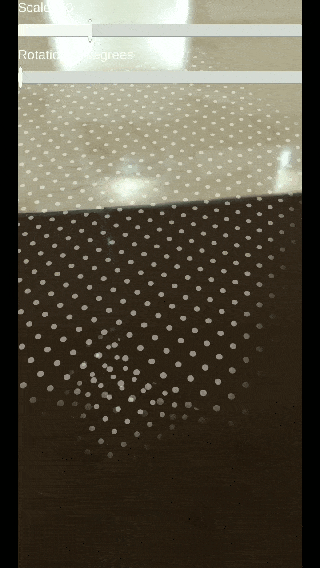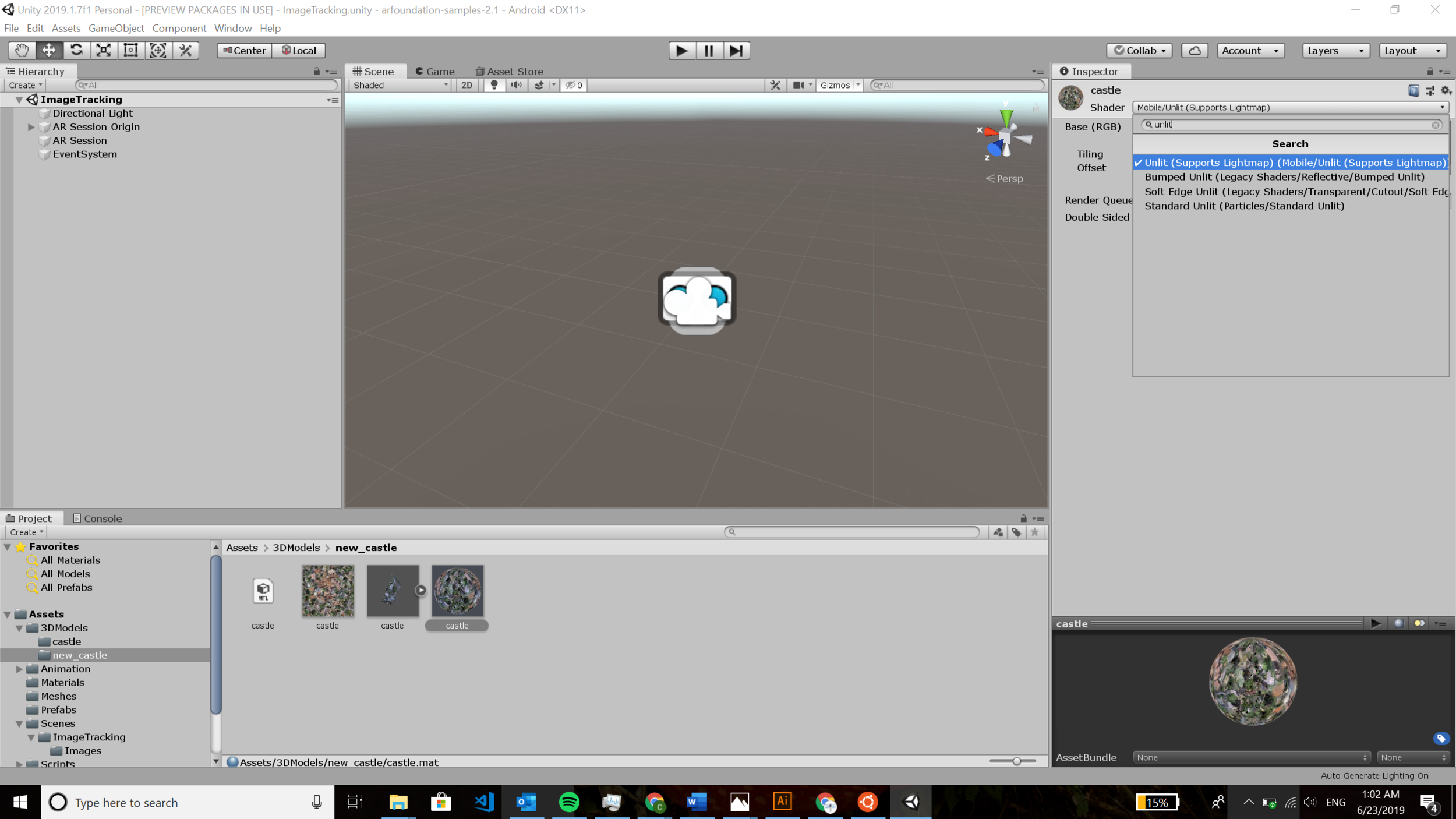Yichen Jia, SMArchS Computation
yichenj@mit.edu
“... a logically related collection of digital objects composed in a variety of media which, because of its capacity to provide connectedness and various points of access, lends itself to transcending traditional methods of communicating and interacting with visitors …; it has no real place or space, its objects and the related information can be disseminated all over the world ”
---------- Andrews and Schweibenz, 1998
During Fall 2019, I worked on an independent study project with Professor Takehiko Nagakura on creating a VR exhibition based on the MFA Asian Art Collection. The research mainly consists of two parts: a field survey of virtual museums, and a VR prototype for the selected objects from the MFA Asian Art Collection.
Field Survey
Even though the concept of Virtual Museum is still young compared with brick and mortar museums, it has been invented and developed constantly for decades now. As early as 1998, Andrews and Schweibenz defined virtual museum as a logically related collection of digital objects composed in a variety of media.
As technology develops, the targeted media of virtual museum has been changed from CD-ROM, World Wide Web, application on a hand-held device, to VR and AR in headsets. However, attempts to study and create newer versions of virtual museums have never stopped.
As equipment such as VR headsets and tracking sensors become more affordable and accessible, museums are looking at ways to integrate the new technology as part of their exhibition experience. Here listed some recent successful examples of virtual exhibitions in VR created by different museums. They could be used to showcase the working environment of an artist, tell a controversial story from multiple perspectives, or invite visitors to step into a painting. Some of them are highly dependent or related to a physical exhibition, a collection of works, or a single painting, while the others have no physical counterparts.
In some cases, virtual exhibitions could also be constructed for special purposes. Like the one on the left is for arts that are stolen from museums and galleries. On the right, the famous Infinity Room exhibition, but the museum actually created a VR version of it specially designed for disabled people with wheelchairs because they cannot access the real one.
Besides, there are also researches that propose a unified system for museums to construct standardized exhibitions in VR. Commercialized platforms and products exist as well, which are meant for people to create their own virtual space, upload their artworks and eventually create a virtual exhibition, some even with guided tours in a format of pre-decided camera path.
2. MFA Asian Art Collection and the Virtual Museum
The Asian Art Collection at the Museum of Fine Arts in Boston of more than 100,000 objects includes paintings, prints, sculpture, ceramics, metalwork, and other art forms from Japan, China, Korea, South and Southeast Asia, and the Islamic world.
I have select 5 objects from the collection and created a digital archive containing their textured models, photos, and metadata. The textured mesh model is created by photogrammetry, while the other information is collected from MFA’s website, Youtube Channel, and printed catalog. When reading about the description of each object, I tried to summarize the information and created five categories. Those categories basically covered the written description of any objects, even though most of them would be missing for most entries.
After the categories of information are identified, I come up with five templates designed to showcase each of the information. The design themselves are still under development and need to be tested.
The populated template can then be linked together to create paths of navigation, therefore completing the museum experience.




